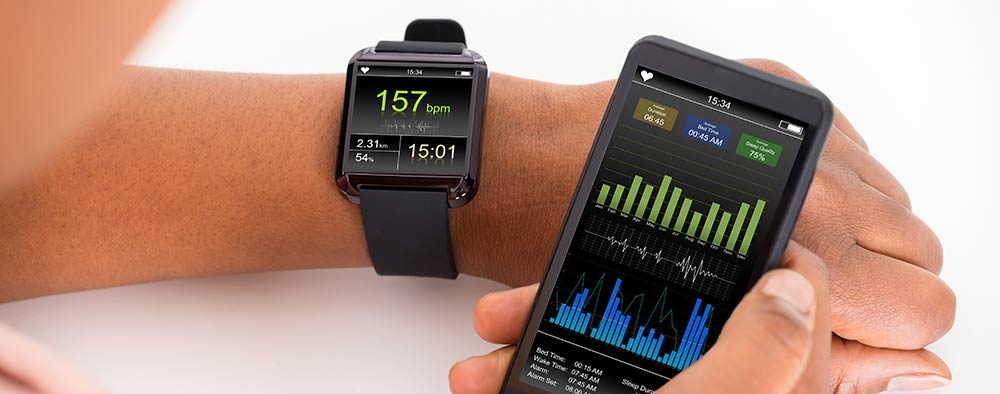by Brent Hearn •
SETTING: A front porch. YEAR: 2050.
Grandson: Hey, Pawpaw? What kind of smartwatch did you have when you were my age? And what kind of apps did it have?
Grandfather: Smartwatch? Ha! We’d never heard of such. Back when I was a boy, watches did one thing: tell time. And the only apps I knew anything about were appetizers. Y’know…nachos, slathered in cheese. Or at least something resembling cheese. Oh, and fried cheese sticks.
Grandson: You mean your watch didn’t check for cancer? Or give you a mental health assessment? Order your medicines? Or even remind you to brush your teeth? Back when you had ‘em, I mean.
Grandfather: Watch it, sonny. Nope. None of that. I had a digital Simpsons watch that came free with one of the fast food joints’ cheeseburger combo meals. (staring away wistfully) Wow, we ate a lot of cheese. It was glorious.
Grandson: What’s a fast food? What’s a Simpsons? And how did you measure your blood oxygen levels?
Grandfather: One question at a time, boy. I got my health readings the same as everybody else—at the doctor’s office when I had a checkup. Which was more often than it should’ve been, what with all the fast food. Heck, I remember back in ‘87—or maybe it was ‘88; it’s all gotten a little fuzzy—when…
Grandson has wandered off to play holo-games with some kid in Tokyo on his smart friendship bracelet.
THE END
Smartphones. Smartwatches. Apps. They’re ubiquitous now, so it’s easy to forget that they haven’t been around for all that long, relatively speaking. Though there were smartphones before it, the release of the iPhone in 2007 was a watershed moment that—for better or worse—marked the dawn of a new level of digital immersion in our society.
The smartphone didn’t arrive alone, of course. It brought applications, or apps, for short.
So. Many. Apps.
Those apps haven’t stayed confined to the rectangular hunks of metal our eyeballs stay glued to; as smartwatches and other wearables have become more common, the apps came with them. And lo, they multiplied. Apps to check email, check the weather, check your appointments, check your social media, and check the dating pool.
Vital Signs (of the Times)
Smartwatches and wearables—along with the apps on board—can check something much more important: your health. The current crop of smartwatches can keep tabs on your heart rate, sleep patterns, and blood oxygen, among other metrics.
What About Chiro?
Since chiropractic is committed to addressing patients’ health concerns holistically, the stat-tracking ability of these newer technologies shows a great deal of promise for chiropractors. Besides the more general metrics, there are now apps and wearables that can track your posture.
For instance, Upright uses software and a wearable that rests between your shoulders to alert you via gentle vibration when it detects slouching. And the AI Posture Reminder App (for desktops) uses artificial intelligence and computer vision to alert you when you get a little too slouchy.
Caveats
Sure, these technologies are a wonder, but they have their limitations.
- Accuracy: Most wearables don’t yet have the same accuracy expected of their clinical counterparts. They should be treated as a supplement to, and not a replacement for, the testing provided by trained medical professionals.
- Interpretation: You can have reams of health data (or perhaps gigabytes would be more appropriate since we’re talking digital collection), but if you don’t know how to interpret it, it’s not actionable.
Talk to your medical provider and chiropractor to see if they have tech recommendations—both hardware and software—that might help them to keep tabs on your health.
Sources:
AI Posture Reminder Blog: 9 Best Posture Monitoring Apps
Apple: Apple Reinvents the Phone with iPhone
CNET: Smartwatches Have Measured Blood Oxygen for Years. But Is This Useful?
C Spire: Monitoring Your Health with Apple Watch 8 and Samsung Galaxy Watch5
Posture Reminder App Blog: 9 Best Posture Monitoring Apps









 ▶︎
▶︎  Why is the Discount Challenge prize amount $15,024? Because that is the average “per-occurrence” fine for Medicare inducements. That’s not $15,024 per patient, that’s not per provider, that’s PER VISIT. Stinks, doesn’t it? To us, the prize amount is worth the investment if we can help our profession better understand proper discounting.
Why is the Discount Challenge prize amount $15,024? Because that is the average “per-occurrence” fine for Medicare inducements. That’s not $15,024 per patient, that’s not per provider, that’s PER VISIT. Stinks, doesn’t it? To us, the prize amount is worth the investment if we can help our profession better understand proper discounting.